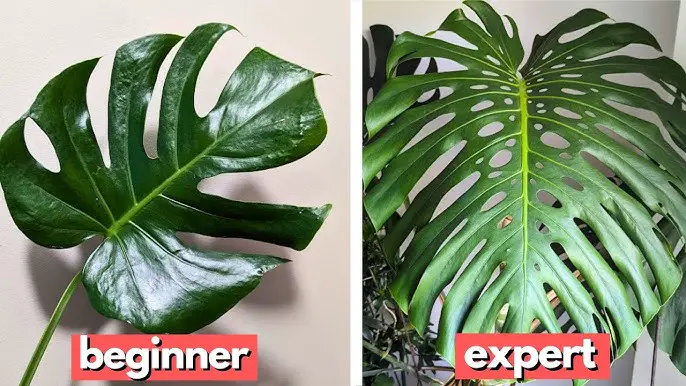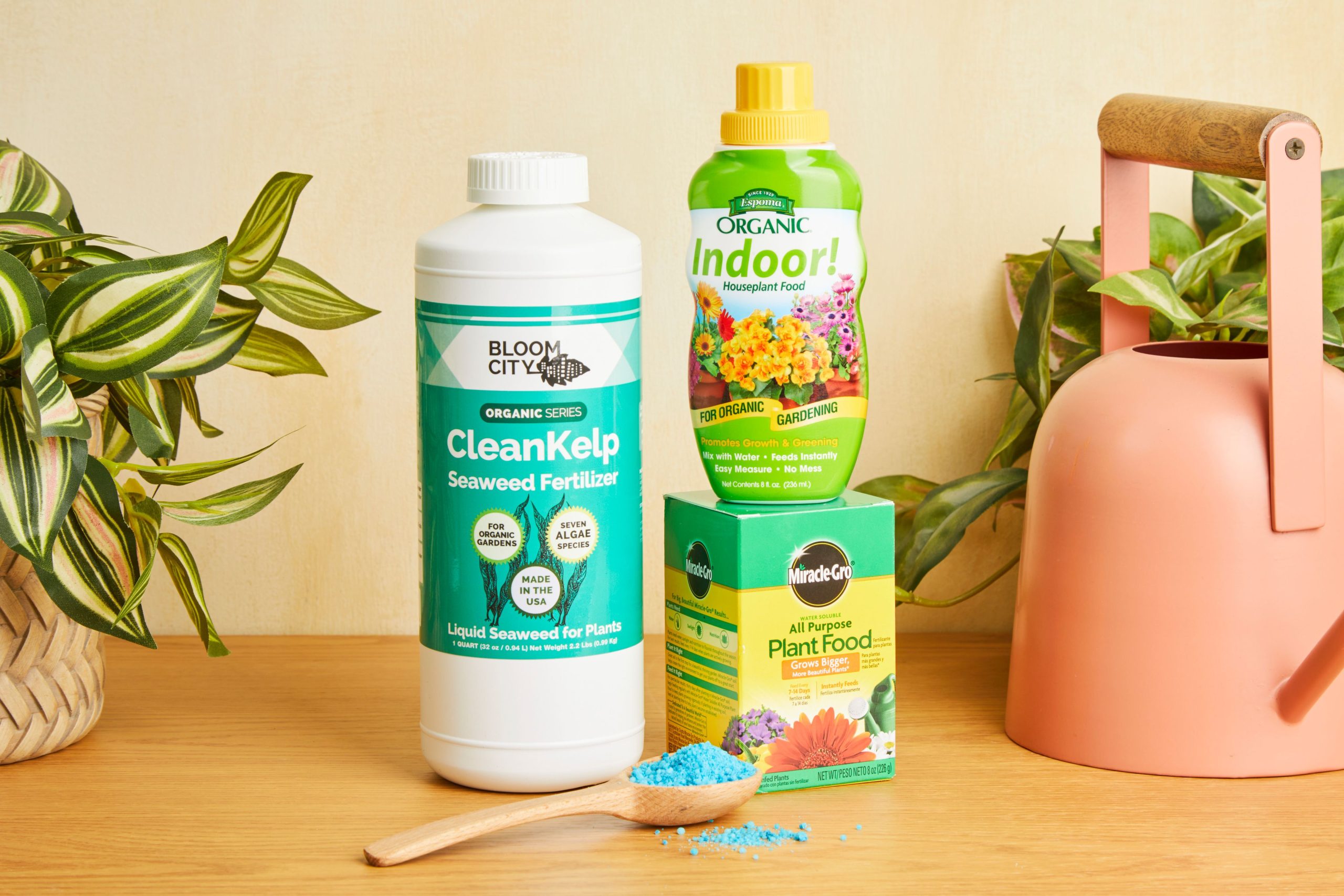Watering house plants correctly is key to keeping them healthy. It might seem easy, but there’s more to it than just adding water.
Plants need specific care to thrive indoors. Overwatering or underwatering can harm them. Understanding the best way to water house plants will help them grow stronger and look better. This guide will share simple, effective tips for watering your house plants.
You’ll learn how often to water, the right amount, and what to watch for in your plant’s behavior. Keep reading to ensure your green friends get the care they need to flourish.

Credit: www.gardenersworld.com
Choosing The Right Water
Tap water contains chemicals like chlorine. These can harm your plants. Filtered water is cleaner. It removes most harmful chemicals. Plants grow better with filtered water. Tap water is still okay for most plants. But some may suffer. Try using filtered water if your plants look weak.
Benefits Of Rainwater
Rainwater is natural and free. It has no chemicals. Plants love it. They grow strong and healthy. Collect rainwater in a barrel. Use it to water your plants. This helps save money too. Rainwater is the best option for house plants. Keep your plants happy with rainwater.
:strip_icc()/how-to-water-houseplants-5651236-02-ed50a5dc2f1c42d9874ee049e3736ede.jpg)
Credit: www.bhg.com
Watering Frequency
Leaves turning yellow is a big sign. Check the soil. If it feels soggy, it may be too much water. Plants might also have a bad smell. This comes from roots rotting.
Brown leaf edges mean the plant needs water. The soil might be dry and cracked. Leaves may wilt or droop. Sometimes, plants look dusty or dull.
Best Time To Water
Watering plants in the morning is often best. It helps plants absorb water before the sun gets too hot. Morning watering also prevents fungus and diseases. The soil has time to dry before night. This keeps plants healthy.
Evening watering can be okay, but it has risks. Water may sit on leaves overnight. This can cause fungus or mold. If you water in the evening, try to water the soil directly. Avoid getting the leaves wet.
Summer needs more frequent watering. Plants dry out quickly in heat. Winter needs less water. Plants grow slower in cold weather. Check the soil before watering.
In spring, plants start growing again. Water more as needed. Fall means plants may need less water. They prepare for winter. Adjust your watering schedule with the seasons.
Watering Techniques
Watering house plants requires attention to soil moisture. Water thoroughly but allow the soil to dry between waterings. Use room temperature water for best results.
Top Watering
Top watering is the most common way to water house plants. You pour water directly onto the soil. The water seeps down to the roots. This method is simple and quick. But, it can lead to overwatering. Always check the soil before adding more water. If the top inch of soil is dry, it’s time to water. Use a watering can with a narrow spout for better control. Do not splash water on the leaves. Wet leaves can cause diseases. Water plants in the morning for best results.
Bottom Watering
Bottom watering is another effective technique. Place the plant pot in a tray of water. The soil absorbs water from the bottom up. This ensures the roots get enough water. Bottom watering helps prevent overwatering. It also keeps the leaves dry, reducing the risk of diseases. Make sure the pot has drainage holes. Let the plant sit in the water for 15-20 minutes. Check the soil’s top to ensure it’s moist. Remove the pot from the tray once done.
Tools For Efficient Watering
Watering cans help you control how much water each plant gets. They come in different sizes. Some have long spouts. Long spouts help you reach tricky spots. Try to choose a can with a comfortable handle. This makes watering easier. Metal cans last longer than plastic ones. But plastic cans are lighter. Pick what suits you best.
Self-watering planters save time. They give plants the right amount of water. These planters have a water reservoir. The plant pulls water as needed. This prevents overwatering. It also stops plants from drying out. Great for busy people. Or for those new to caring for plants. They come in many styles and sizes. Choose one that fits your home decor.
:max_bytes(150000):strip_icc()/touchingplantleaveswhilewatering-6350438e816a421fb34f27d930d9e17a.jpg)
Credit: www.treehugger.com
Watering Needs By Plant Type
Different plants have unique watering needs. Succulents require less water, while tropical plants need frequent moisture. Always check soil dryness before watering.
Succulents And Cacti
Succulents and cacti need little water. They store water in their leaves. Water them once every two weeks. Wait for the soil to be dry. Overwatering can harm them. These plants need good drainage.
Ferns And Tropical Plants
Ferns and tropical plants need more water. Keep their soil moist. Do not let the soil dry out. Water them twice a week. They like high humidity. Mist their leaves often. They thrive in bright, indirect light.
Soil And Drainage
Plants need well-draining soil to stay healthy. Soil should not hold too much water. Too much water can cause roots to rot. Well-draining soil allows excess water to flow away. This keeps roots healthy and strong. Choose soil with good drainage for all house plants. Look for soil mixes with perlite or sand. These materials help water drain away quickly. Avoid heavy, clay soils. They hold too much water.
The right pot is important for house plants. Pots should have drainage holes at the bottom. Drainage holes let extra water escape. This prevents root rot. Use pots that are the right size for your plant. Pots too big can hold extra water. This can harm your plant. Pots too small can restrict root growth. Choose pots made of breathable material. Clay or terracotta pots work well. They allow air to reach the roots.
Monitoring Plant Health
Stick your finger in the soil. Feel if it’s dry or wet. You should feel moist soil. Not too dry, not too wet. A moisture meter can help. It tells you if the plant needs water. Make sure to check the soil often. This keeps the plant healthy.
Leaves may turn yellow. This can mean the plant needs water. Brown tips on leaves also show stress. Wilting is another sign. Water the plant if you see these signs. Healthy plants have green, firm leaves. Always watch for changes.
Frequently Asked Questions
How Often Should I Water House Plants?
The frequency of watering house plants depends on the plant type and environment. Most house plants need watering once a week. Always check the soil moisture before watering.
What Is The Best Time To Water House Plants?
Water house plants in the morning. This allows the soil to dry out during the day. Avoid watering in the evening to prevent root rot.
How Do I Know If My Plant Needs Water?
Check the soil moisture with your finger. If the top inch is dry, it’s time to water. Also, look for drooping leaves.
Can I Use Tap Water For House Plants?
Yes, you can use tap water for house plants. However, let it sit for 24 hours to allow chlorine to evaporate.
Conclusion
Watering house plants correctly is essential for their health. Ensure proper drainage. Check soil moisture regularly. Avoid overwatering to prevent root rot. Use room temperature water. Morning is the best time to water. Each plant has unique needs. Learn about specific requirements.
Healthy plants enhance home beauty. Happy watering!

My mission is to help you bring the beauty of nature indoors with expert advice, detailed plant care guides, and creative design ideas.



Leave a Reply